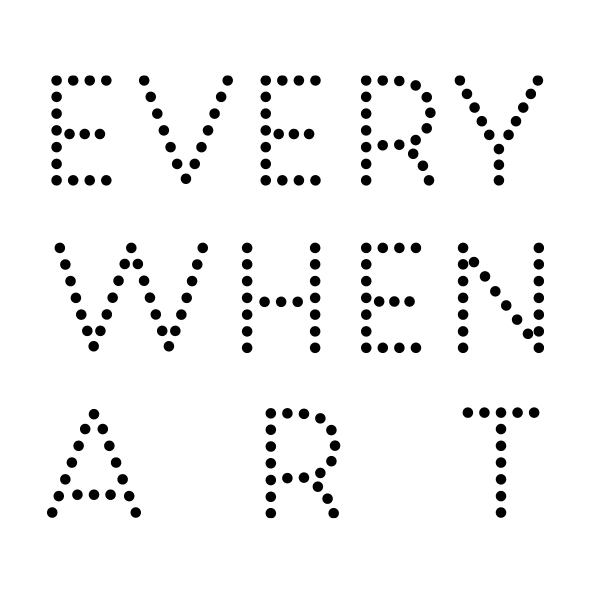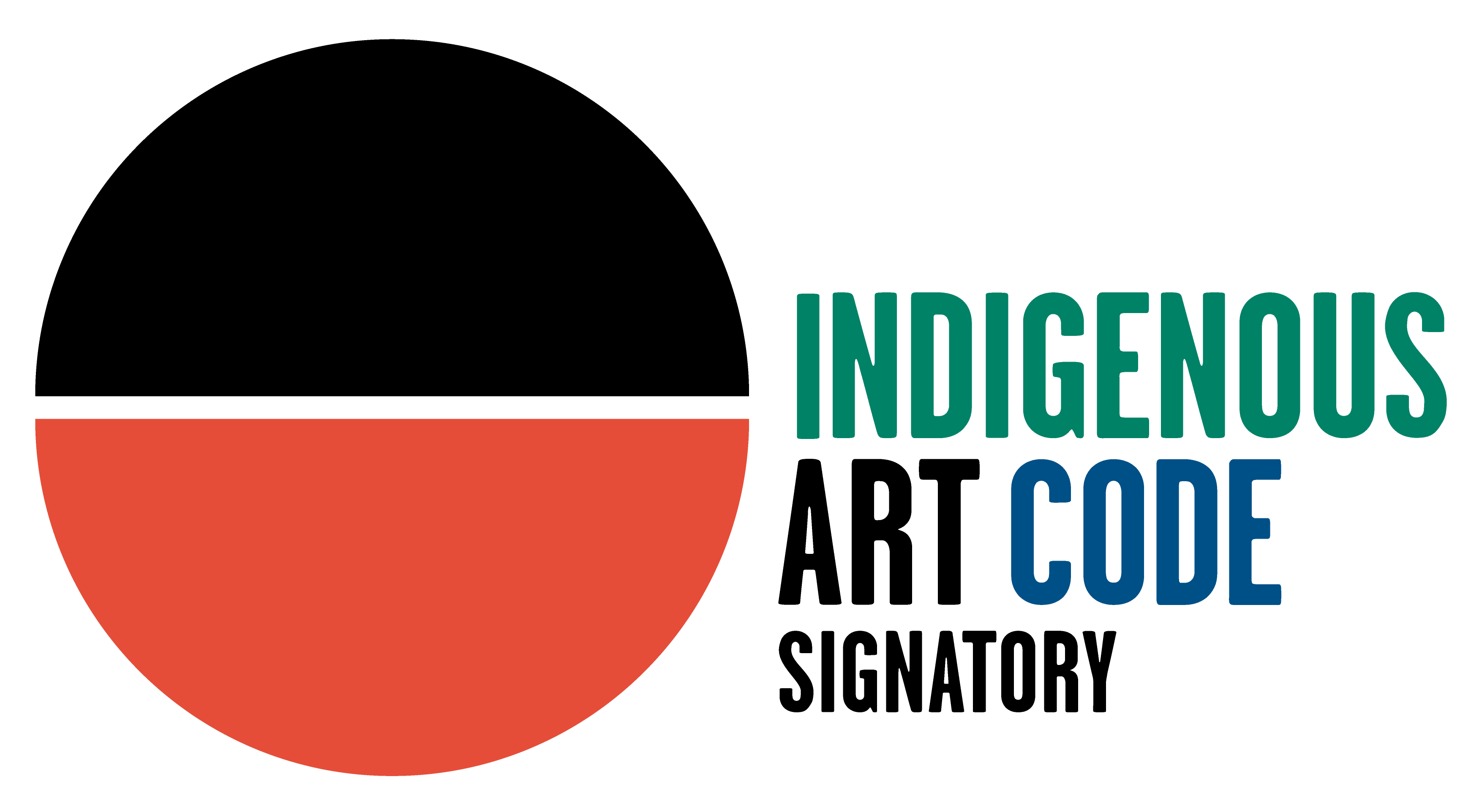Born circa 1930 in Artetyerre (Harts Range), Billy Benn’s two older sisters, Ally Kemerre and Gladdy Kemerre, taught Billy how to paint on skin when he was a teenager, while living at Kurrajong/Urapuntja (Utopia). Both of Billy’s sisters are currently working artists. Billy also remembers a Chinese lady showing him how to paint. Their father was also an artist, making more traditional artifacts, wooden sculptures, boomerangs and spears. Jimmy Kemerre worked in the Mika mines and also mined for gold out at Altunga, transporting people and mail from Alice Springs to Altunga by camel whilst working for a man, Simon Reef. Bill has worked extensively in his country. He began working as a young boy, aged approximately 10, in the Mika mines of Harts Range with Simon Reef’s younger brother Norman. He recalls a lot of Italian people working there, and the large flagons of wine they carried with them, imported from Italy. He recalls the lunches of spaghetti….”Good food, those Italian people”… Billy was not paid for his work, instead receiving tucker and clothes. Later Bill began pumping water for cattle, again being paid in flour, sugar and tea. He spent most of his working life in the North Eastern area of Central Australia droving sheep and cattle for Pastoralists Cameron Chalmers, Joe Mangel and Peter Hayes. It was whilst working with Chalmers that Bill grew up to be a man.
Bill speaks in particular of a special trip, droving with his cousins from Arrkngenangkerre (Mount Swan), where they drove a herd of cattle to deliver to Neutral Junction Station, East of Barrow Creek, also returning on horseback.
For over 20 years Billy has been working at Bindi Inc, an organisation established to provide employment opportunities, support and advocacy for people with a disability in Alice Springs. During his time constructing metal boxes in the Brown Street workshop, he identifed a space which became his corner to paint in. Bill began to visually map out his father’s country via the painted image, using old boards discarded by the Alice Springs Timber Mill. Working as many outsider artists do, with second rate materials, on any surface that appealed, Billy painted using his fingers, cloth, glue and paint. Despite the brilliant landscapes being created, they were only shown once prior to 2000 in an exhibition of artworks done by people with a disability in the “Beyond Passions” exhibition in Alice Springs. All his work sold, and yet, the low profile of the exhibition, meant that his work had still not been viewed by the wider market.
Until recently Billy was unable to return to his homeland, Billy continues to paint primarily his father’s country. His images are found from memory and feeling, by painting his land Billy brings the country into himself. He plans to paint every hill from his country and then he will stop, then he will return home.
Billy’s paintings cover a wide scope of style, born of his own lack of preciousness, his vivid imagination and colour, texture and material experimentation strategies – rather than the study of other painterly influences. One sees hints of Turner, Cezzane, Van Gogh and the Orientalists within his work, yet these were images never seen by Billy. We are reminded of these other great painters in the variations of light that he captures, rolling ranges painted in deep reds, reminding viewers of the raging seas Turner exposed. From the Central Australian context, they remind one of the great inland sea which once existed here. Yet Billy remarks only on Albert Namatjira being a great painter. Billy’s paintings communicate a well informed knowledge and relationship of the space that exists in this country. Belgian Art Historian, Georges Petitjean, was excited by Billy’s breadth and continuance of horizon, never curving at the edges but continuing their travel overland and on into the distance.


